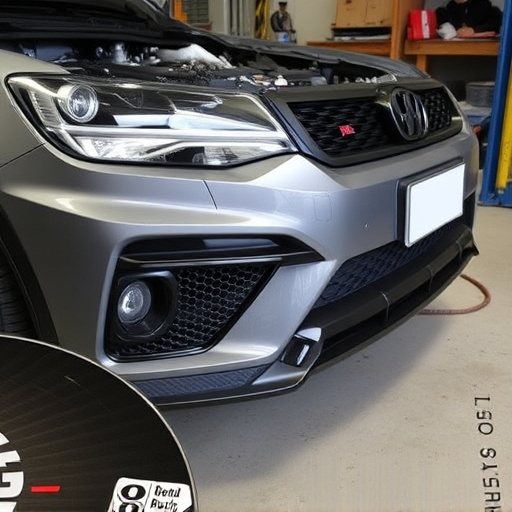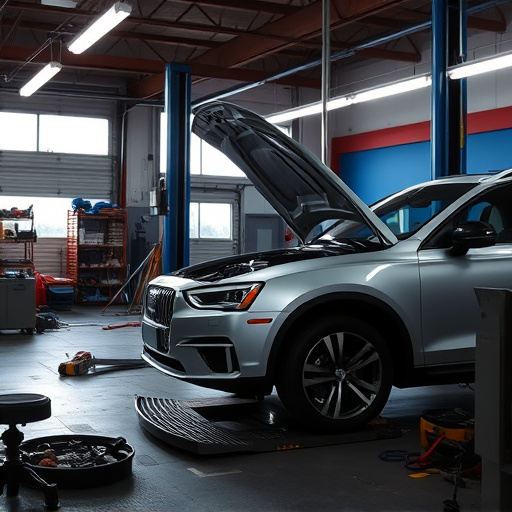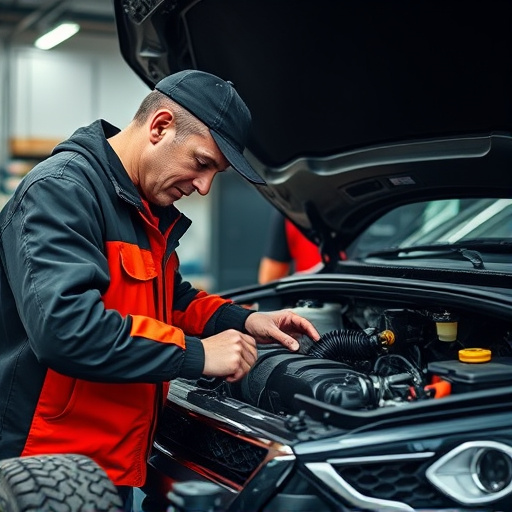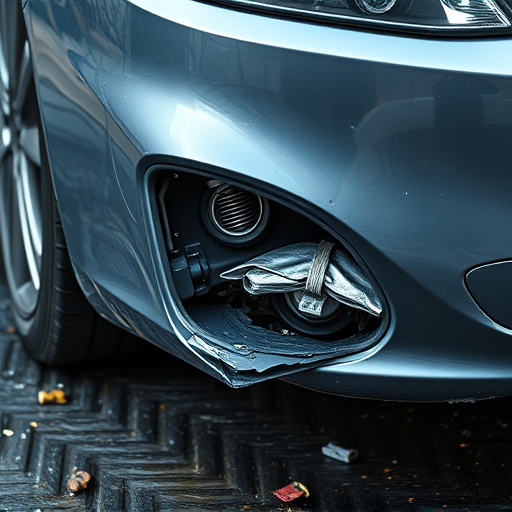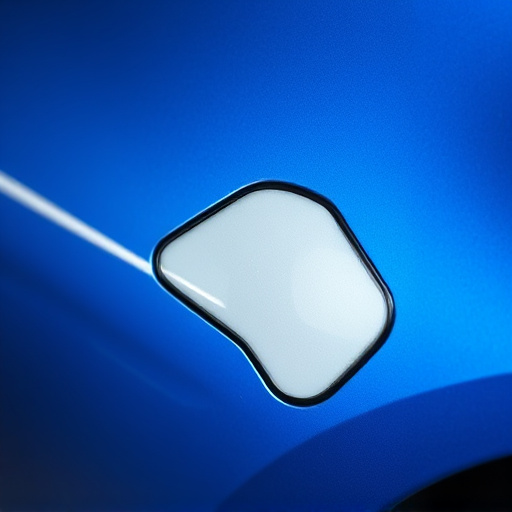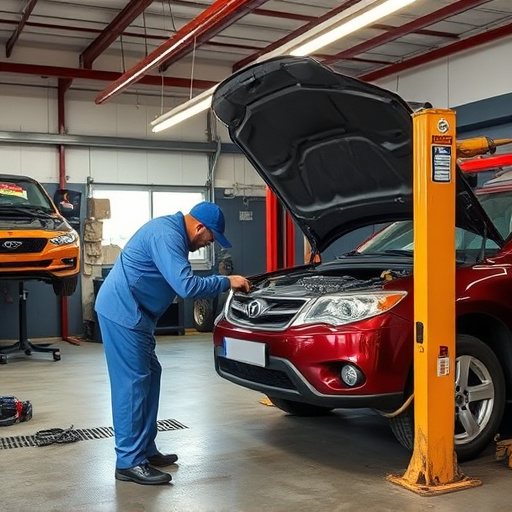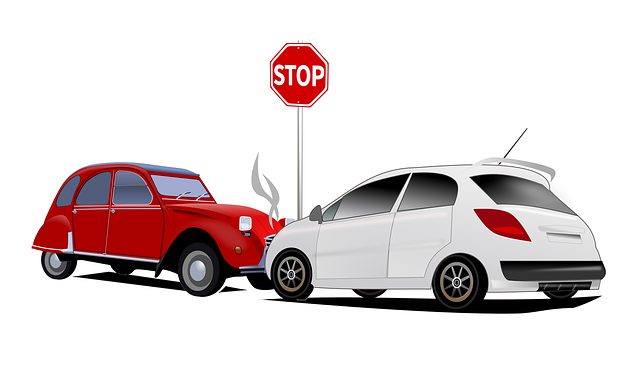The Environmental Protection Agency (EPA) sets strict standards for auto repair facilities to minimize environmental impact, with EPA compliant body shops adopting eco-friendly materials and techniques. These guidelines offer numerous benefits, including reduced pollution, enhanced safety, and consumer satisfaction. While initial costs are a challenge, strategic planning and advanced technologies like robotics, AI, and sustainable practices make EPA compliance feasible. EPA compliant body shops lead the industry in precision, efficiency, and environmental consciousness, appealing to eco-conscious consumers.
“Explore the future of auto repair with a focus on EPA-compliant body shops—a game-changer in the industry. This article delves into the evolving landscape, guiding you through EPA compliance standards and their impact. Discover the benefits and challenges of transitioning to these models, from enhanced environmental protection to advanced technologies. Furthermore, we unveil upcoming trends, highlighting innovative green auto repair solutions that promise a sustainable and efficient future for body shop operations.”
- Understanding EPA Compliance Standards for Auto Repair
- Transitioning to EPA-Compliant Body Shop Models: Benefits and Challenges
- Future Trends: Innovative Technologies in Green Auto Repair
Understanding EPA Compliance Standards for Auto Repair

The Environmental Protection Agency (EPA) sets strict standards for auto repair facilities to ensure environmental protection and sustainable practices. These regulations are crucial for maintaining a clean and safe environment, especially when dealing with potentially hazardous materials like automotive fluids and waste. EPA-compliant body shops follow specific guidelines to minimize their ecological footprint during various repair processes.
For instance, these standards dictate the proper disposal of used auto fluids, such as engine oil, coolingants, and brake fluid, which are commonly released during fender bender repairs or more extensive vehicle restoration projects. Additionally, they enforce the use of eco-friendly materials and techniques for auto glass replacement, promoting a greener approach to common repair tasks. By adhering to these EPA compliance standards, body shops contribute to a more sustainable automotive industry while providing quality services that meet both regulatory requirements and customer expectations.
Transitioning to EPA-Compliant Body Shop Models: Benefits and Challenges

The transition to EPA-compliant body shop models offers a multitude of benefits for the auto repair industry. By adhering to Environmental Protection Agency (EPA) standards, these shops can significantly reduce their environmental impact, contributing to a greener future. This shift not only aligns with growing consumer awareness and demand for eco-friendly practices but also ensures that repair facilities operate safely and responsibly by minimizing emissions, waste, and the use of hazardous substances.
However, adopting EPA-compliant models presents challenges for auto repair shops, especially those offering fleet repair services or specializing in car dent removal. The initial investment in upgraded equipment and training can be substantial. Additionally, staying current with evolving EPA regulations requires dedicated effort to maintain compliance and avoid potential fines. Yet, these challenges can be overcome through strategic planning, industry collaboration, and leveraging advanced technologies designed for more efficient, cleaner, and compliant auto repair processes.
Future Trends: Innovative Technologies in Green Auto Repair

The future of auto repair is set to be shaped by innovative technologies that not only cater to the evolving needs of consumers but also adhere to stringent environmental regulations, with EPA compliant body shops at the forefront. One prominent trend is the integration of advanced robotics and artificial intelligence in luxury vehicle repair processes. These technologies offer precision and efficiency, reducing human error and minimizing material waste. For instance, AI-driven diagnostic tools can quickly identify issues, enabling technicians to focus on specific repairs, enhancing overall auto repair services.
Additionally, sustainable practices are poised to revolutionize the automotive body shop industry. As environmental concerns continue to grow, eco-friendly materials and methods are gaining traction. From using biodegradable fluids in painting processes to implementing water-based adhesives, these innovations not only reduce a shop’s carbon footprint but also appeal to consumers who prioritize green auto repair for their luxury vehicles.
As we look towards the future of auto repair, adopting EPA-compliant body shop models is no longer a choice but an imperative. The benefits are clear: reduced environmental impact, cost savings through energy efficiency, and staying ahead of stringent regulatory standards. However, the transition presents challenges, from initial investment to retraining personnel. Embracing innovative technologies in green auto repair will be key to navigating these obstacles and ensuring that the industry continues to evolve sustainably, meeting both consumer demands and environmental regulations. By doing so, we can foster a cleaner, more efficient automotive landscape.

